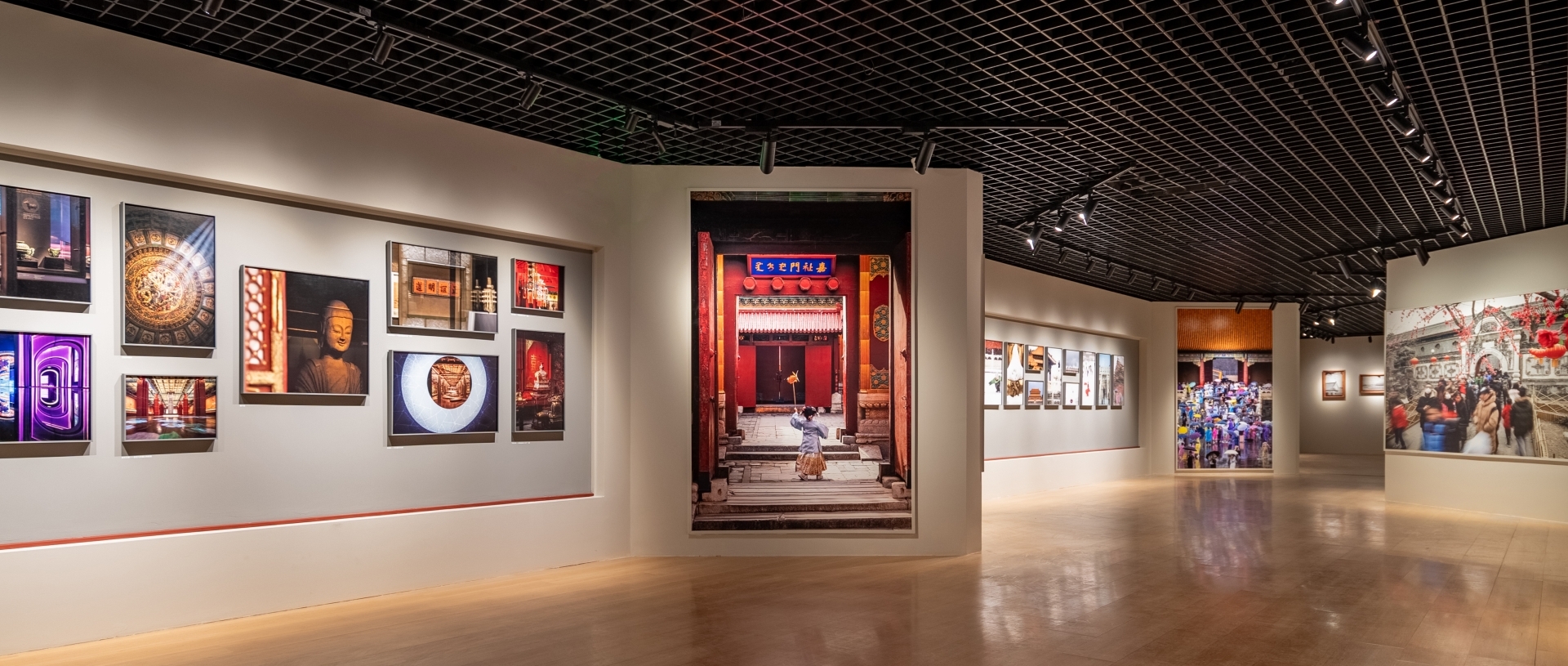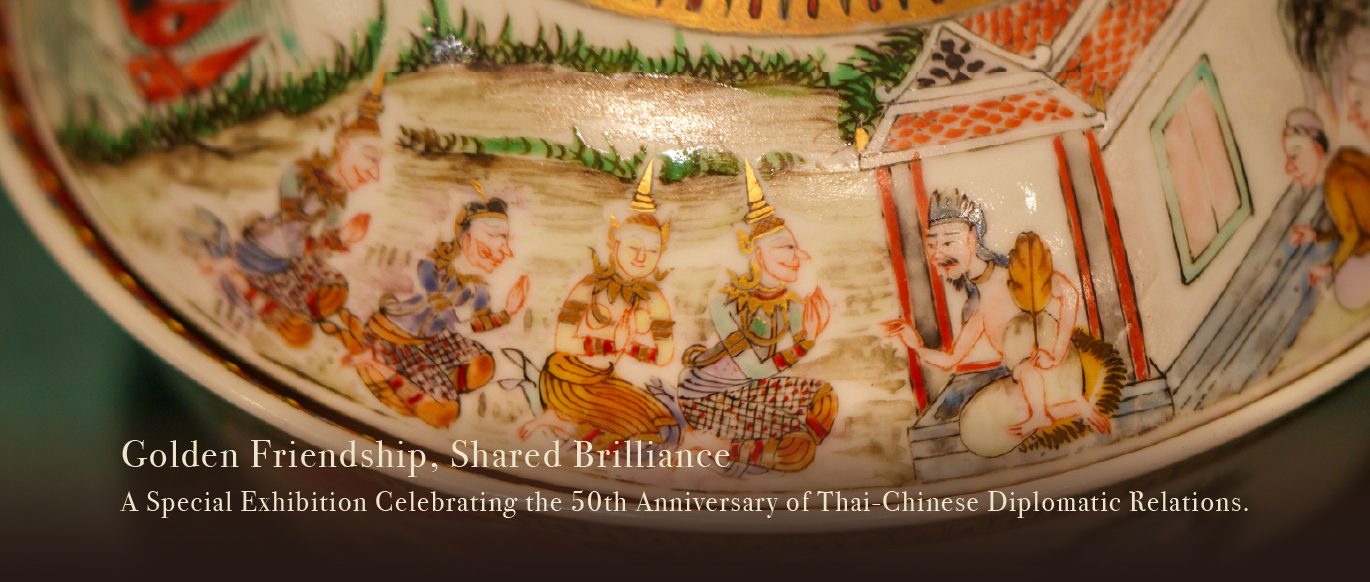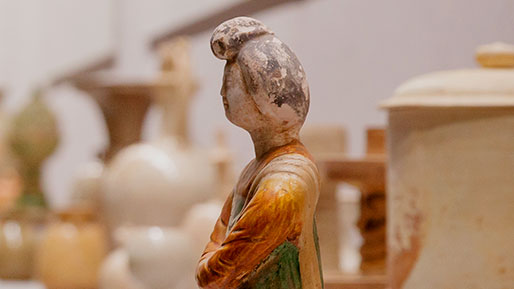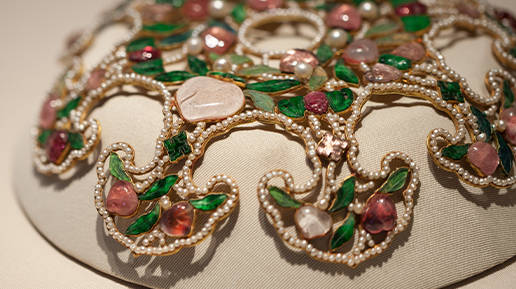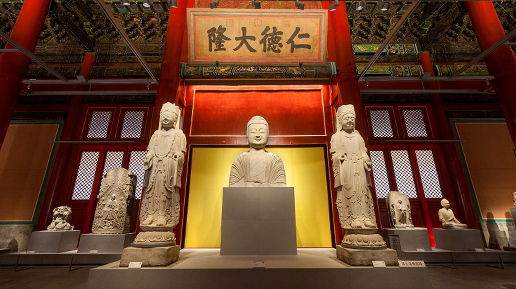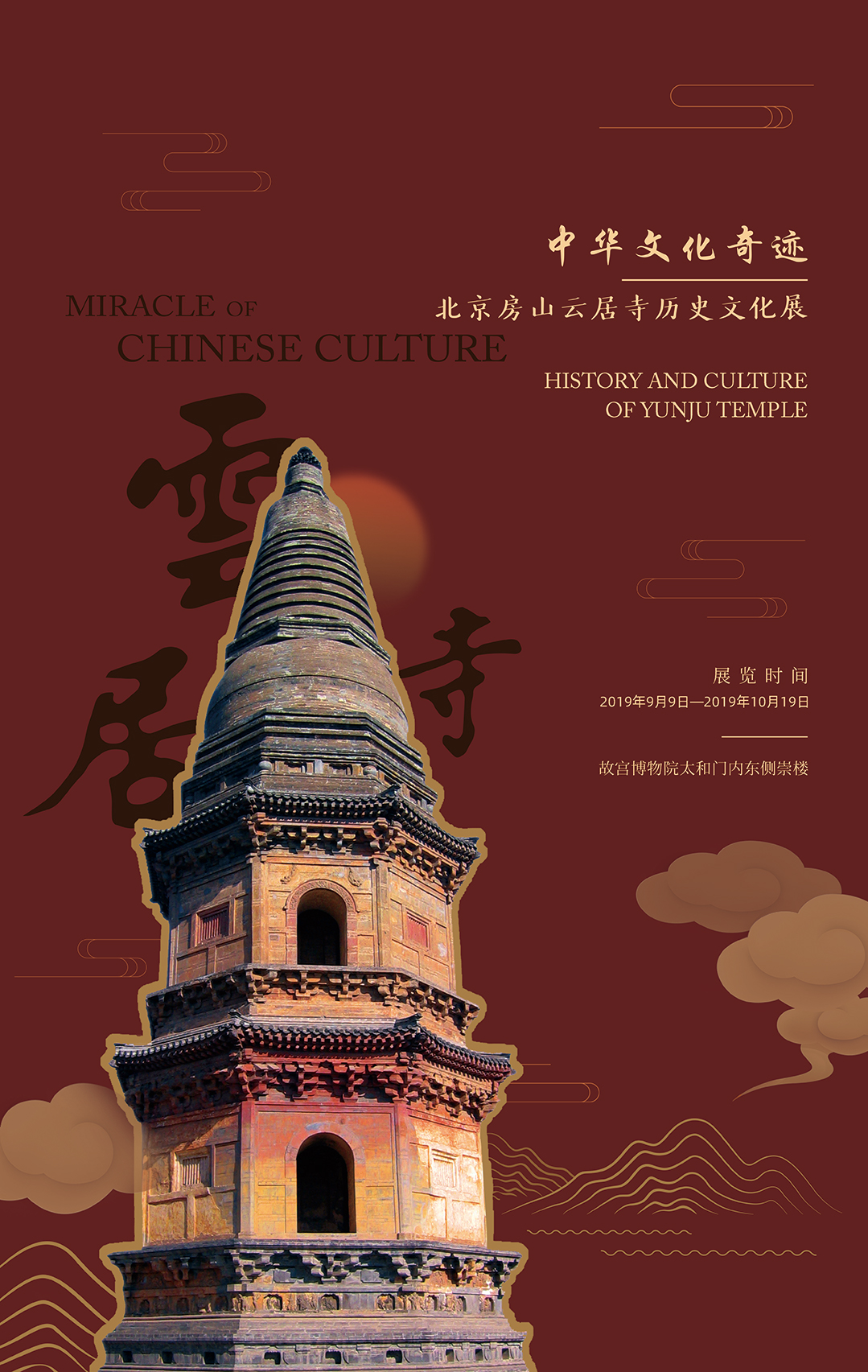
Admission: Free with the purchase of a general admission ticket
During the nationwide celebrations of the seventieth anniversary of the establishment of the People’s Republic of China, the exhibition “Miracle of Chinese Culture: History and Culture of Yunju Temple” presents the legacy of China’s outstanding traditional culture while promoting the spirit of the stone classics of Fangshan, displaying the unique characteristics of Fangshan’s cultural heritage, and advancing the cultural influence of Yunju Temple. The opening ceremony for the exhibition was held on 9 September 2019 in the corner gallery on the east side of the Gate of Supreme Harmony (Taihe men).
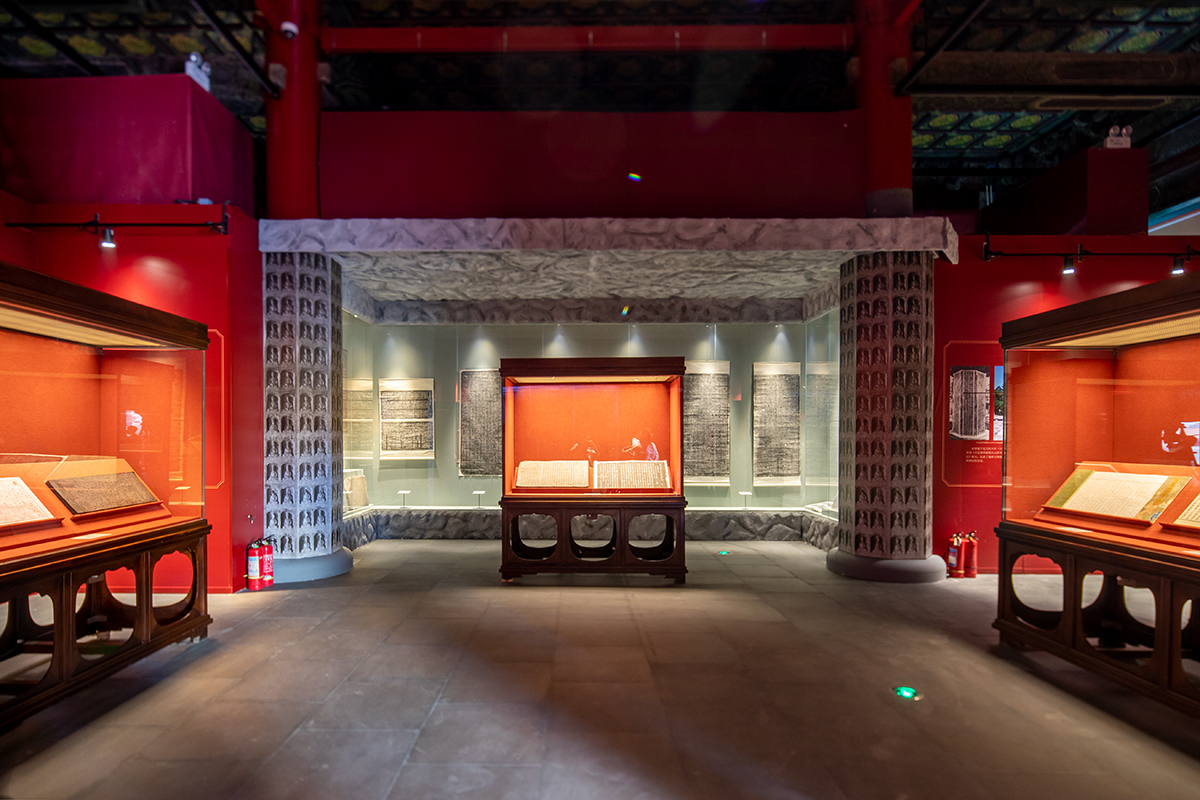
The exhibition presents the history of sutra engraving at Yunju Temple (Yunju si, lit. “Cloud Residence Temple”) in the following four sections: “Origins of Sutra Engraving”, “Millennium of Prodigious Endeavors”, “Gold Sutras of the Stupa”, and “Protection of Sutras and Treasures”. Cultural artifacts, historical documents and images, and VR media recreate the past millennium of the temple’s history, cultural import, and current conservation work. By virtue of the care and investment by the Party and government for the development of Fangshan’s history and culture and due to the selfless work and support from individuals from all sectors of society, the culture and history of Yunju Temple and its treasury of stone sutras have been preserved and are now shared vividly in this comprehensive, multifaceted exhibition.
Abounding with cultural significance, the exhibition offers three unique aspects of brilliant content. The first aspect is the Forbidden City début of Yunju Temple’s exquisite trio of sutras (jing), namely those inscribed on stone (shi), paper (zhi), and wood (mu). This premiere of the temple’s stone sutras at an outside venue brings these artifacts to life in an unprecedented way. Combined with sutras on paper from the Ming dynasty (1368–1644) and wood sutras from the Qing (1644–1911), the display of stone sutras at the Palace Museum is enhanced with mirrors in a practical use of the principle of reflection to present the impressive “Great Wall of Stone Sutras”. As a result, visitors may personally experience the historical, calligraphic, artistic, and educational value of these national treasures.

The second unique aspect of the exhibition is a series of creative cultural products called “Yunju Gifts” produced specially for the premiere. These ten or so items employ traditional Chinese culture and innovative concepts to present the heritage of Yunju Temple in a memorable way. Fashioned with inspiration from rituals associated with clouds and rain, the products include tea, incense, garments, mobile phone accessories, and related items. In bringing cultural heritage to life, the exhibition organizers hope visitors may also “take culture home” with them.
The third special feature of this exhibition is a journey of discovery through the Cave of Thunderous Sounds (Leiyin dong). Mount Baidai, also known as Stone Sutra Mountain (Shijing shan) has nine sutra grottoes. Cave of Thunderous Sounds (or Leiyin Cave) is an open-style grotto with large tablets of engraved stone sutras, some of which were inscribed under the direction of the leading monk Jingwan (d. 639) at the founding of Yunju Temple in the Sui dynasty (581–618). The exhibition recreates this grotto in vivid detail as an immersive experience. Additionally, visitors may produce sutra prints using wood printing blocks in a recreation of the Dragon Canon (Longzang) of the Qianlong Emperor (r. 1736–1795).
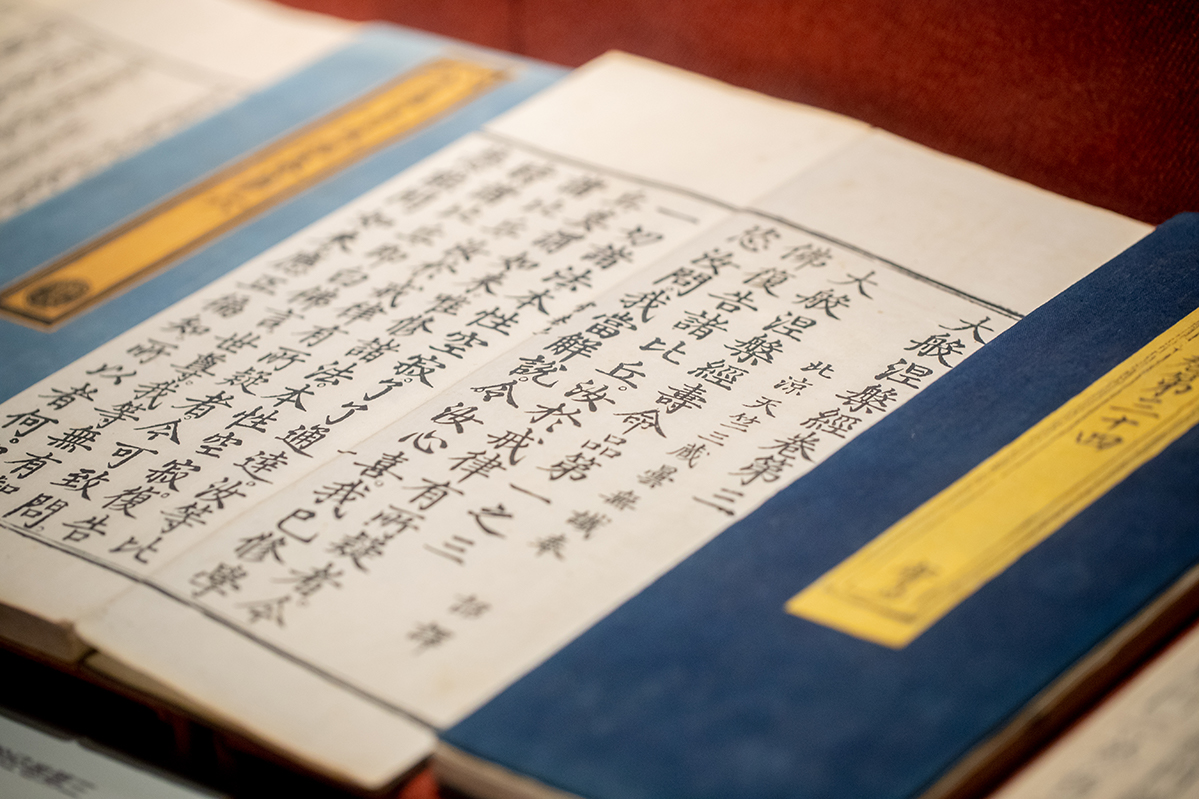
With the World-Heritage Peking Man Site at Zhoukoudian and the Western Zhou (ca. 1046–771 BCE) ruins of the capital of Yan by the Liuli River, Beijing’s Fangshan District has long been recognized as the “Origin of Humankind” and the “Beginnings of the City”. The “Great Wall of Stone Sutras” at Yunju Temple and over 300 other cultural heritage sites make that area a scenic destination with endless avenues for historical discovery. Yunju Temple encompasses a diverse collection of stone sutras, sutras inscribed on paper, woodblock print sutras, relics of the Buddha, stupas dating to the Tang (618–906) and Liao (907–1125) dynasties, and a host of other historical sites. The temple area boasts 14,278 stone tablets or steles inscribed with the Chinese Buddhist Canon (Dazang jing, lit. “Great Treasury of Sutras”). The temple, grottoes, and stupas create an invaluable repository of Buddhist culture that has been called a “holy place of Buddhism” and the “Great Wall of Stone Sutras”.
The year 2019 is the seventieth anniversary of the establishment of New China and the twentieth anniversary of the return of Liao and Jin (1115–1234) dynasty stone sutras to Yunju Temple. In an effort to “bring cultural relics to life” and preserve the cultural heritage of the area, the Palace Museum, Beijing Administration of Cultural Heritage, and Fangshan District Government jointly present “Miracle of Chinese Culture: History and Culture of Yunju Temple”. The exhibition is a public platform for the sharing of resources gathered through careful management and diligent research and will allow visitors to experience the ancient history and culture of Fangshan in a brilliant, new way.
Translated and edited by Adam J. Ensign and Zhuang Ying



